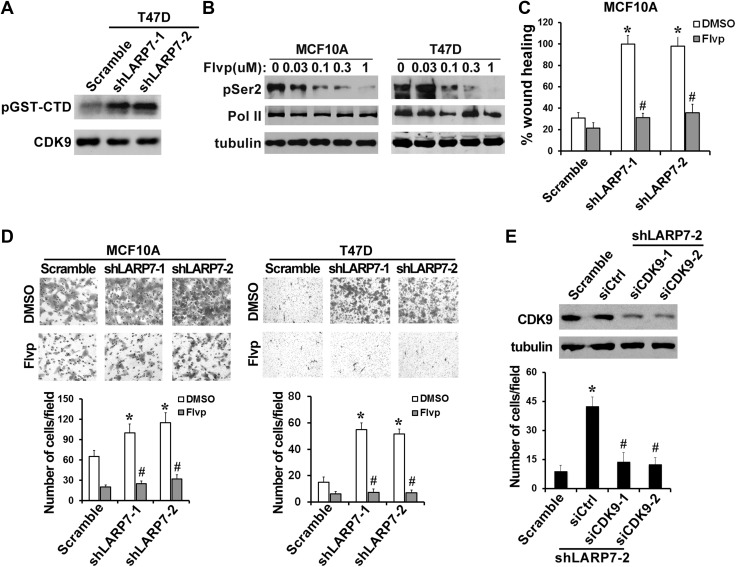Figure 4. P-TEFb is required for the increased cell migration and invasion induced by LARP7 KD.
(A) An in vitro kinase assay using GST-CTD of Pol II as an exogenous substrate shows that silencing LARP7 results in activation of P-TEFb kinase. (B) Flavopiridol (Flvp) inhibits Ser2 phosphorylation of Pol II CTD in MCF10A and T47D cells. Cells were treated with varying concentrations of flavopiridol for 7 hr before lysis, and pSer2 and total Pol II levels were analyzed by Western blotting. Tubulin was used as a loading control. (C–D) Treatment of cells with 0.3 μM flavopiridol reverses the accelerated cell motility of shLARP7 cells in the wound healing assay (C) and cell migration in the Transwell assay (D). Data are presented as the mean ± SD. p values were determined by the Student's t test. *p<0.05; comparison was between shLARP7 and scramble groups under DMSO treatment; #p<0.05; comparison was between Flvp- and DMSO-treated cells within the same cell lines. (E) Silencing CDK9 by siRNA reverses shLARP7-induced increase in cell migration. Two siCDK9s (siCDK9-1 and siCDK9-2) were transfected into T47D shLARP7-2 cells, and cell migration was assessed by a Transwell assay and quantified in the graph below. The efficiency of CDK9 knockdown was examined by Western blotting (upper panel). p values were determined by the Student's t test. *p<0.05, compared between shLARP7-2 siCtrl and scramble; #p<0.05, compared between shCDK9s and siCtrl.

